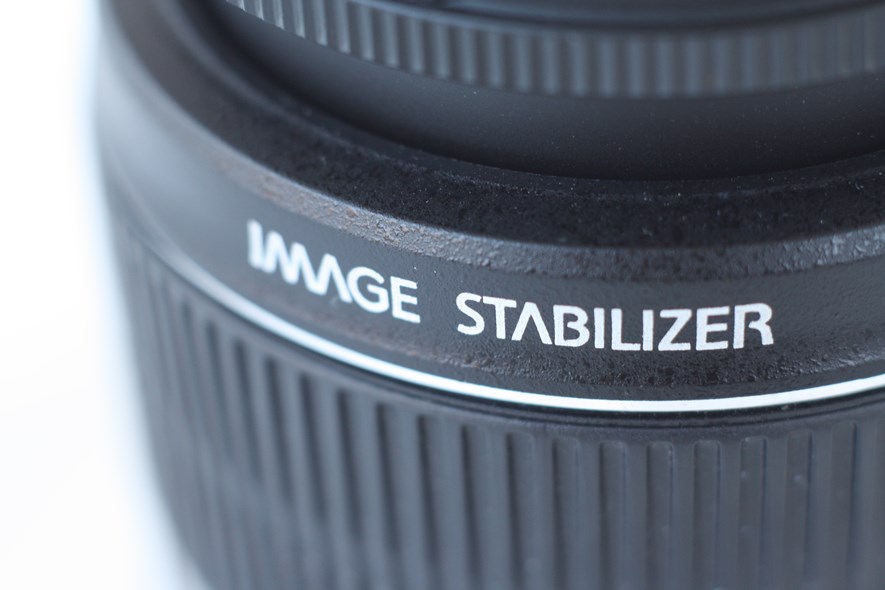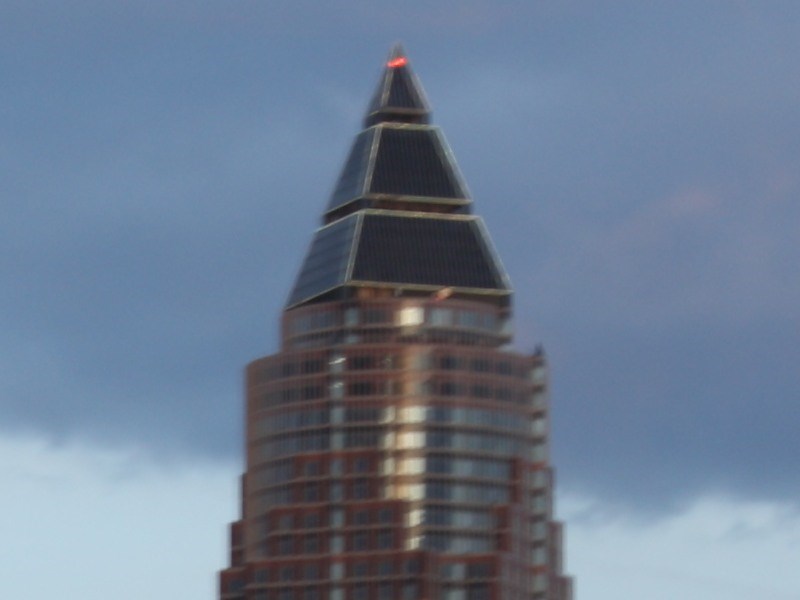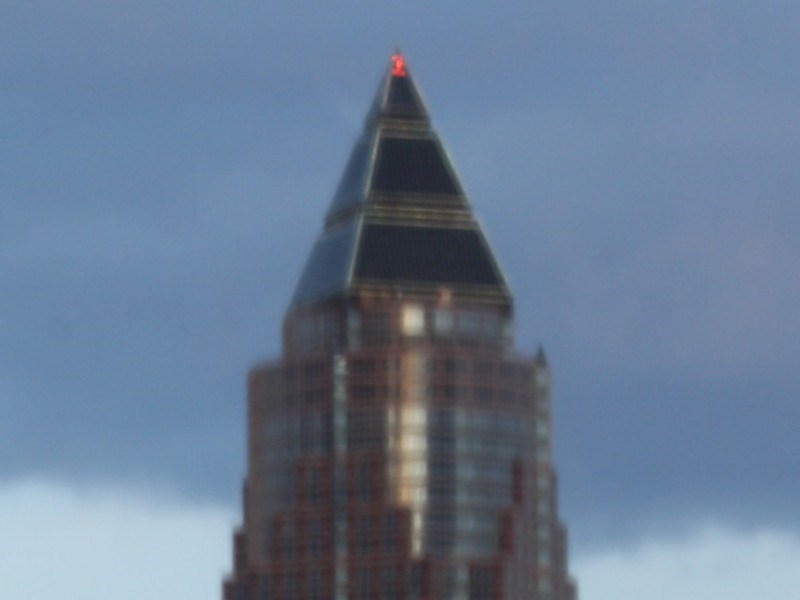
Canon Image Stabilizer (IS) test
Shaken, not blurred
Many lenses today come with optical image stabilizers (in Canon's case, IS for short) to help producing sharp pictures when shooting in low-light conditions. Useful when a tripod is not an option. However, lenses with IS are typically more expensive than their non-IS counterparts. So how much does IS help, and is it worth the extra $$$?
Setup
All pictures were shot using a Canon 1000D with the kit lens (Canon 18-55 mm EF-S 3.5-5.6 IS). ISO was set to 100 and camera was set to time value (shutter priority). No special techniques were used (like sniper breathing), just holding the camera normally and looking through the optical viewfinder.
I started with the shutter set to 1/60, and then went through 1/30, 1/15, 1/10, 1/5 and 1/2, shooting 20 pictures using each setting; 10 with IS activated and 10 without IS.
Below is a sample shot, the crops at all settings follow.

Crops
For each setting, I selected one picture that I felt was the most representative one; the one with an average amount of blur. These are shown below.












Useful pictures
I evaluated each picture and put together a table showing how many of them I subjectively found "good enough" - that is, a picture that is not so badly blurred that I would normally just delete it.
| Shutter | With IS | Without IS |
|---|---|---|
| 1/60 | 100% | 100% |
| 1/30 | 100% | 90% |
| 1/15 | 100% | 70% |
| 1/10 | 100% | 10% |
| 1/5 | 90% | 0% |
| 1/2 | 60% | 0% |
Even at very slow shutter speeds (half a second), most of the pictures came out acceptable when IS was turned on. Without IS, the limit seems to be around 1/15th, after which most pictures become useless.
Conclusion
First of all: Optical image stabilization works. I had my doubts, and I was surprised by my own findings. Secondly, is it worth paying extra for? I did a quick check online, and I found that the non-IS version of my lens is only about 20 EUR cheaper than the IS one. In that case, it's a no-brainer, just get IS.
If you prefer to use a tripod anyway, no need to invest in IS. Apparently (I haven't tested it myself), when using a tripod, using IS may lead to worse results than not using it.
0 Comments
Subscribe to new comments by RSS